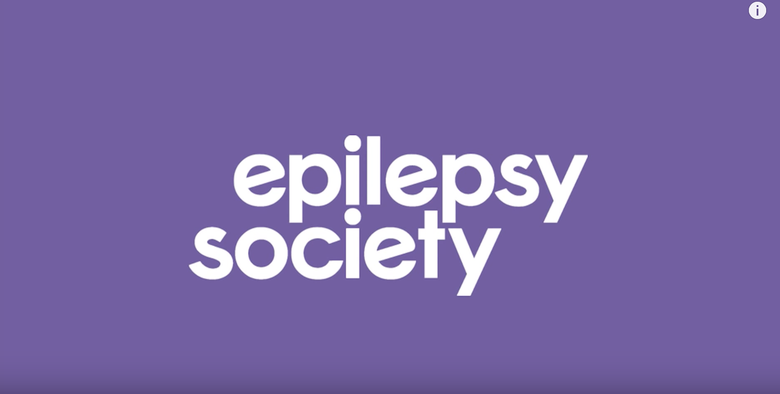Other Seizures
The following seizure types may occur in children with Dravet Syndrome, aged between one to four years old:
Myoclonic seizures
This type of seizure causes children’s muscles to rapidly contract and relax, resulting in jerky movements (myoclonic means ‘muscle jerk’). Myoclonic seizures are sometimes described as ‘jumps’. They are caused by rapid contraction and relaxation of the muscles. Small jerks in sleep are perfectly normal and can occur in people without epilepsy. In someone with epilepsy, myoclonic seizures cause abnormal movements on both sides of the body at the same time resulting in a jerk of the shoulders and arms or a drop of the head. Sometimes a rapid myoclonic seizure will cause a fall.
Myoclonic seizures are brief but can happen in clusters (many happening close together in time), and often happen shortly after waking. These seizures usually do not affect the child’s consciousness, leaving them aware and able to think during the episode. When these seizures are present in children with Dravet Syndrome they usually occur by the age of two. Myoclonic seizures are classified as generalised seizures.
The Epilepsy Society has created a video to find out what the experience of a myoclonic seizure may be like.
Focal seizure with impairment of awareness
Focal impaired-awareness seizures usually occur after age two and typically last one to two minutes. They originate in one side of the brain. With this type of seizure the person may appear unresponsive and confused as their consciousness is impaired. Automatic movements such as smacking of the lips, wandering, or fumbling movements of the hand may be present.
Focal impaired awareness seizures that start in the temporal lobe may include:
- Picking up objects for no reason or fiddling with clothing
- Chewing or lip-smacking movements
- Muttering or repeating words that don't make sense
- Wandering around in a confused way
- These seizures may last around two or three minutes
Focal impaired awareness seizures that start in the frontal lobe may include:
- Making a loud cry or scream
- Making strange postures or movements such as cycling or kicking.
- These seizures usually last around 15 - 30 seconds
Focal impaired awareness seizures in the parietal or occipital lobes are less common than in the temporal or frontal lobes. Like the focal aware seizures, focal impaired awareness seizures in the parietal and occipital lobes can affect the person’s senses or vision.
After a focal impaired awareness seizure, the person may be confused for a while, sometimes called 'post-ictal' (after seizure) confusion. It may be hard to tell when the seizure has ended. The person might be tired and want to rest. They may not remember the seizure afterwards.
Absence seizures - typical and atypical
During a typical absence the person becomes blank and unresponsive. They may appear to be 'daydreaming'. The seizures may not be noticed because they are brief. Absence seizures are usually brief (usually less than 20 seconds), and have a sudden start and finish. They have two essential components:
- Clinically, the impairment of consciousness (absence) – they can be associated with head nodding
- Electroencephalography (EEG) shows generalised spike-and-slow wave discharges.
Children with Dravet Syndrome can also have a type of absence seizure known as atypical absence seizure. Atypical absences are similar to typical absences but they start and end more slowly, and last a bit longer than typical absences. As they also include a change in muscle tone, where the limbs go limp or floppy, some people may fall. Unlike regular absence seizures, children experiencing atypical absence seizures may be able to respond to external stimuli. These seizures also are a type of generalized onset seizures and usually occur after age two.
Atonic seizures
Also called drop seizures, akinetic seizures or drop attacks, atonic seizures are a type of seizure that comprises a brief lapse in muscle tone caused by temporary alterations in brain function. The seizures are brief – usually less than 15 seconds. The seizure itself causes no damage, but the loss of muscle control can result in indirect damage from falling. In some cases, a person may become temporarily paralysed in part of his or her body. This usually does not last longer than three minutes. Atonic seizures can be either focal onset or generalized onset in origin.
Non-convulsive status epilepticus
Non-convulsive status epilepticus usually occurs from prolonged absence or focal impaired awareness seizures. These seizures are harder to recognise because the symptoms are more subtle. Non-convulsive status refers to less-than-full mental capacity in a patient.
Changes to Seizure Patterns
A description of how seizures may change as children with Dravet Syndrome become older.
Read More